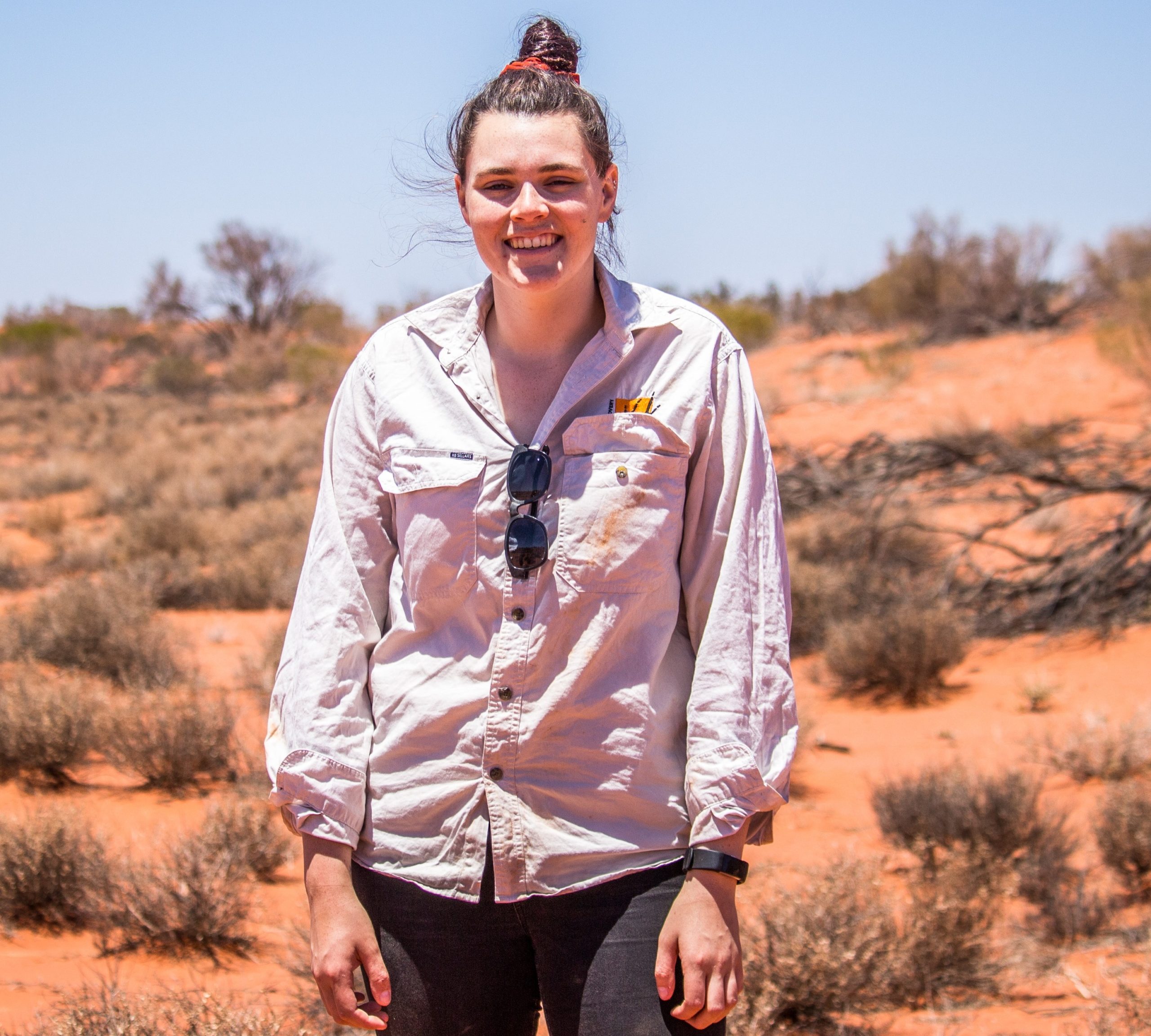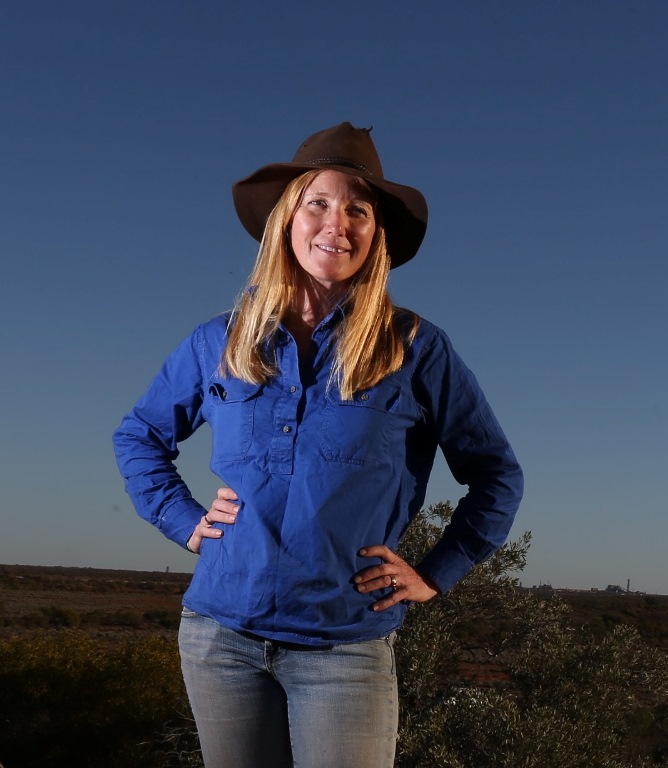By Harrison Talarico
Reptiles take home the prize at Arid Recovery in the most productive pitfall survey since the drought.
In March each year, Arid Recovery monitors the abundance of small vertebrates that are found within and around the reserve. The reserve’s two dominant habitat types—the dunes and swales—are surveyed via pitfall trapping on a biennial rotation. As January 2022 produced the biggest rain event at the reserve in a decade (119mm of rain in one week), there was much speculation as to what this year’s dune surveys would reveal, and how the results would compare to previous years. Excitingly, a total of 1,040 specimens were captured in the 2022 survey— made up of 812 reptiles, 213 mammals, 14 frogs, and 1 bird. This marked the greatest number of individuals captured since 2011 and the most reptiles captured ever.
Big rain events drive the booms and busts of arid environments, and as such, the January rains had a major influence on the productivity of the 2022 surveys. Contrasting the current boom with the most recent bust, in 2019 Arid Recovery entered its final year of the worst drought since the establishment of the reserve and only 149 animals were captured.

The large number of animals captured in the 2022 surveys meant that our staff and volunteers were hard at work during the five days of trapping. The first morning was particularly laborious, as teams dug out pitfall lines at their allocated sites and opened the pits. Each team then visited the sites twice a day (at dawn and dusk) to collect the animals that had fallen into the traps and take them to the lab for processing. During the processing sessions, the lab was a hive of activity, as team leaders weighed, measured, and assessed each of the captured animals.

Our staff and volunteers were rewarded for their hard work with some unforgettable experiences with native animals. Ines, Arid Recovery’s community coordinator, was thrilled to see a Western Hooded Scaly-foot (Pygopus nigricepts) while Gen, Arid Recovery’s ecologist, was tasked with removing an aggrieved Western Brown Snake (Pseudonaja nuchalis) from the bottom of a pit. For graduate researcher Jack, a photo with a Stripe-faced Dunnart (Sminthopsis macroura) affirmed his position as an arid zone ecologist:
“It feels as though every arid zone ecologist has a photo holding a ferocious looking dunnart, so it was nice to finally get one… I’ve made it! – Jack Bilby (Arid Recovery’s Climate Change Graduate Researcher)


Spinnifex Hopping Mice (Notomys alexis) were the most frequently captured mammal, while the reptiles were made up mostly of ground geckos (Lucasium sp.), Sandsliders (Lerista sp.), and small dragons (Ctenophorus sp.) Forrest’s Mice (Leggadina forresti) and Plains Mice (Pseudomys australis) were also in attendance, and so too were Jan’s Banded Snakes (Simoselaps bertholdi) and Western Blue-Tongued Lizards (Tiliqua occipitalis). There were even 14 Sudell’s Frogs (Neobatrachus sudellae) that hopped into the pits— the most recorded in 22 years. Altogether, a total of 38 individual species were captured, consisting of 29 reptiles, 7 mammals, 1 amphibian, and 1 bird.


It was extraordinary to have such intimate encounters with native species, although, the animals weren’t the only spectacle. Working in a stunning arid landscape was a rewarding experience in itself, particularly for Arid Recovery intern Harrison, who is far more accustomed to the temperate climates of south-east Australia.
“The horizon is infinitely vaster out here. I loved the sunrises and sunsets and watching far-away storms pass by. I felt as though I was thrust into a Dorothea Mackellar poem!” – Harrison Talarico (Arid Recovery Intern).

The 2022 pitfall surveys would not have been possible without our committed staff and volunteers. Your contributions cannot be understated. We can’t wait for the 2023 swale surveys!





















